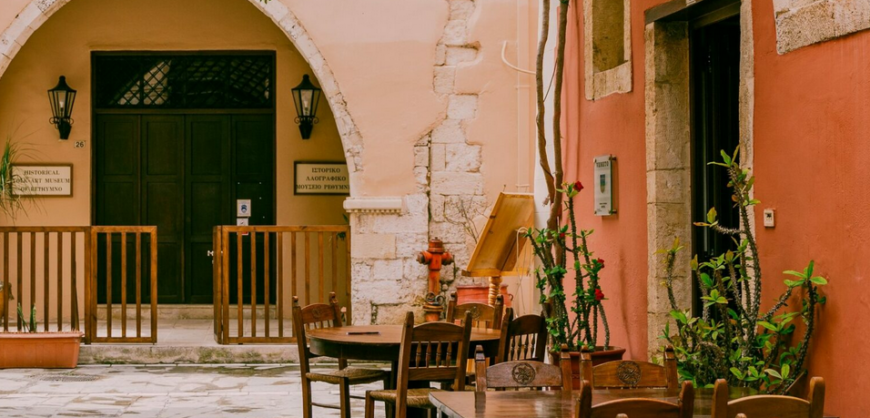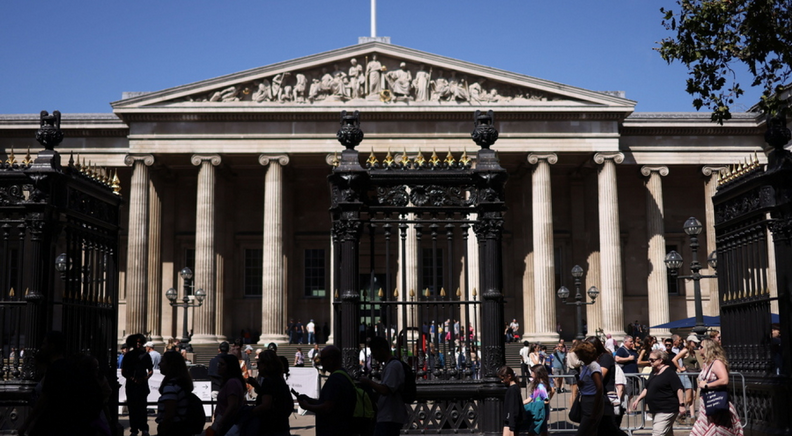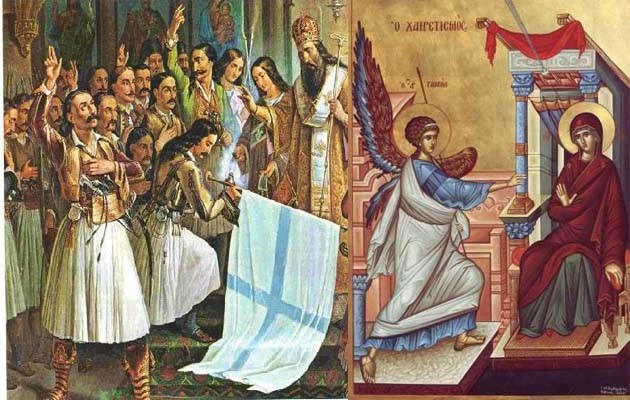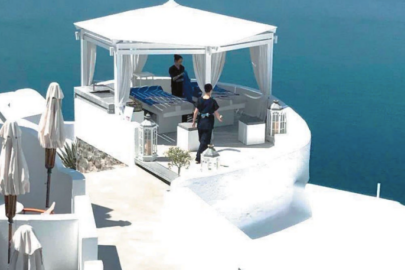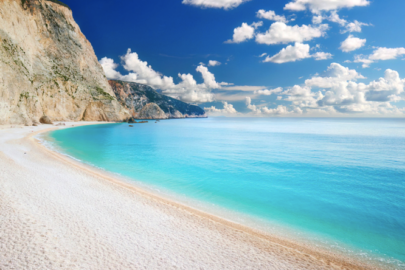With March 25th behind us, the next, springtime travel destination for most people mainly concerns the week of Easter. For this destination, which serves the need for contact with nature, a change of scenery, and refuge in tranquility, away from the intense rhythms of large urban centers, there are suitable destinations for us.
Places full of such experiences that will offer you a fruitful and rich Easter experience and will relax you. Places not prohibitive in terms of distance from the capital or other major urban centers.
Responding to this need, travel.gr has compiled a list of destinations synonymous with strolls, relaxed mood, and contact with nature in a mountainous or seaside version. Places that have their own identity and are governed by a cultural and aesthetic richness capable of satisfying every taste as you savor the early joys of religious devotion.
Rethymno
Rethymno, the third largest city in Crete, is a multifaceted, vibrant organism that combines liveliness and a rich past, with its streets narrating a life of centuries and overlapping civilizations. The Old Town of Rethymno, with the Venetian Fortress of Fortezza, dominates and invites you to discover the local version of the Cretan soul, while the impression it leaves on the visitor is intense also by the Holy Monastery of Arkadi, with its thousand-year history and its glorious contribution to the cause of national integration.
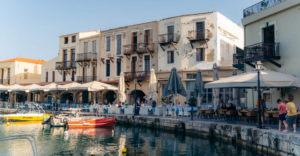
Since you’re in Rethymno, it’s an opportunity for a flavorful introduction to the wine wealth of the region. The particular climatic atmosphere shaped by the presence of Psiloritis creates a temperature difference between day and night, which helps the grapes to ripen at a slower pace, developing a rich aromatic profile and a distinctive quality imprint.
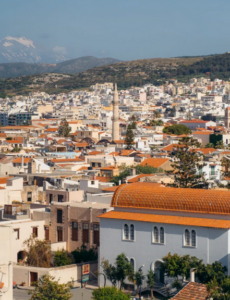
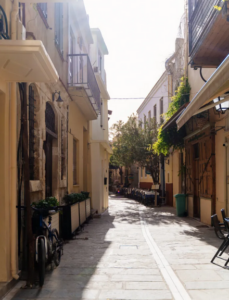
And, of course, Rethymno offers you the opportunity for swimming in some of the most stunning beaches, which combine azure waters, dense vegetation, and white or golden sand, such as Preveli, Souda, Ammoudi, and Ammoudi.
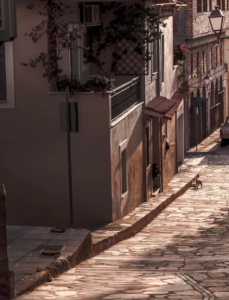
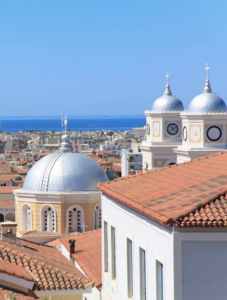
Kalamata
Kalamata, the capital of Messinia, is perfect for a short getaway that can include anything from swimming and strolling along the beach to archaeological and nature excursions. As soon as you arrive in the city, it’s worth stopping at the harbor to enjoy coffee with a view of the sea. Given that spring is in full swing, it’s ideal to continue your exploration with a dip in one of the beautiful, pebbled beaches of Verga, Mikri Mantinia, and Almyros. There are also options like the small bay of Avia or Peroulia, where banana trees and cypresses coexist, for those who have a car and are willing to drive an hour from the city center.
Your visit is also worth the Kalamata Castle, located on a hill in the northern neighborhood of the city, which has been associated with the great image of the history of the Peloponnese, from the Frankish period to liberation from Ottoman rule. If you have the inclination and time for a more comprehensive encounter with local history, the Archaeological Museum located in the historic center of the city and the archaeological site of ancient Messene, 33 km away, are the appropriate places. As for your entertainment, in the city center, there is a plethora of bars and restaurants before or after your stroll in the marina.
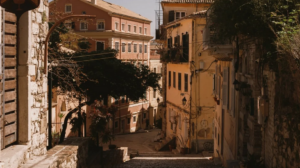
Corfu
No other place in Greece is more strongly associated with Easter celebrations than Corfu, where the “Botides”, filled with water are dropped from the windows of houses as a custom onto the cobbled streets, make the first “crack” in the mourning of Good Friday. However, a visit to Corfu during Easter is not only limited to the infamous tradition. Easter on the island of the Phaeacians brings celebration on the Upper Square of the island’s town, when the windows of the surrounding houses open wide and are decorated with dozens of lit candles, as well as a Easter Sunday filled with the participation of philharmonics, schools, scouts, and choirs.

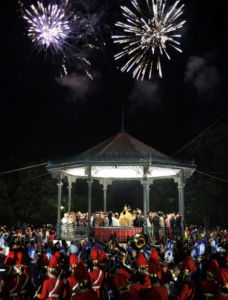
Beyond the Easter tradition, there is the enduring charm of a city and an island that blends the Greek with the European experience. The image of Corfu’s Old Town captivates, with the enchanting Campiello, the hill where the Venetians chose to settle during their centuries-long stay on the island, making it an ideal starting point for your travel experience. A stroll in the Kantouni of Mpizi is worthwhile here, where scattered churches and bell towers transport the visitor to other eras, bringing to the surface the aristocratic past. However, Corfu, beyond sweet reminiscence and rich tradition, is a thoroughly modern place. Cafes, art workshops, and shops provide opportunities to enjoy your coffee and do your shopping, pleasantly breaking the overall image of tranquility that prevails away from the center of Easter traditions. If you want to enjoy your first swims just half an hour away from the city center, you can swim at stunning beaches such as Paleokastritsa with its azure waters, or Glyfada, with its golden sand.

Pelion
Pelion creates its own world, always capable of captivating visitors with the diverse charm of its mountainous landscapes. Here, there are many stops you can make, and none will disappoint you. From Portaria, the most famous village of the Pelion complex, with the beloved Centaurs’ Path for hiking enthusiasts, to Zagora, with its rich history, picturesque cobblestone streets, and unique Municipal Library, and Tsagarada, with its beautiful chestnut forests and exceptional architecture, all the villages in the area, small and large, have unique beauties to display. And of course, they can be proud of the short distance that separates them from the most stunning beaches of Pelion on the Aegean side – such as Mylopotamos, Papa Nero, Agios Ioannis, and Fakistra.

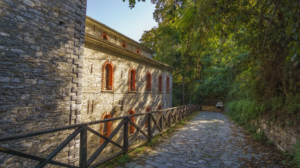

The activities offered in Pelion don’t end there, as you can either hike along wonderful trails like the one connecting the villages of Kissos, Mouresi, and Agios Ioannis, or engage in extreme sports such as canyoning in canyons of moderate difficulty like those of Fakistra and Mylopotamos, which make them accessible to all ages.
Leonidio
Leonidio, the beautiful coastal town of Arcadia, on the shores of the Myrtoan Sea and beneath Mount Parnon, is an excellent choice, ideal for this season. Neither isolated nor overly touristy, Leonidio is permanently dominated by the backdrop of the imposing Red Rock, which has made the town popular among climbing enthusiasts.
However, the area is also known for its stunning two-story and three-story mansions, with cobblestone courtyards and stone fountains, many of which are open to visitors upon the initiatives of the heirs. A characteristic example is the Tower of Tsikaliotis, the Mansion of Politimou, and the Mansion of Katsikogiannis, all typical specimens of the local architecture.

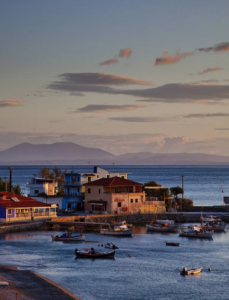
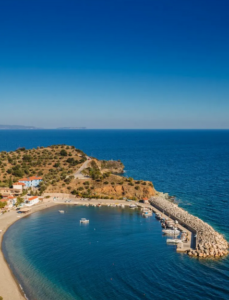
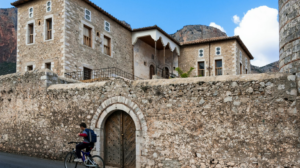

For your swim, there are nearby beaches available with pristine shores and crystal-clear waters. Plaka, just a few minutes outside of Leonidio, makes you feel like you’re in an Aegean fishing village, offering plenty of options for dining and entertainment to suit all tastes. There’s also the pebbled, lush beach of Lakkos and the transparent azure waters of Sampatiki.
Aegina
Literally next to Athens, Aegina has countless charms to offer despite its small size. Here, you will find the religious landmark of Saint Nectarios, while a walk among the pine trees of the Paliochora hill with its ruined chapels is a must. Upon your arrival on the island, you will also get to know the neoclassical buildings of the port area that stretch along the waterfront, along with the commercial shops.

Next to the iconic Municipality building, housed in a structure from 1886, you’ll have the chance to enjoy coffee at two of the oldest cafes in the city. Across the street, you’ll see the floating grocery boats that are open all day, while the other vessels docking in the harbor complete the island scene. Very close to the ferry landing point, you’ll have the opportunity to visit the archaeological site of Kolona, which reflects the long history of the acropolis of ancient Aegina. The Temple of Aphaia, one of the most important examples of Archaic architecture, and the Kapodistrian buildings such as the Metropolitan building, the Eunardio School, and the Governor’s Mansion, all contribute to this diverse image for which the island can be proud.

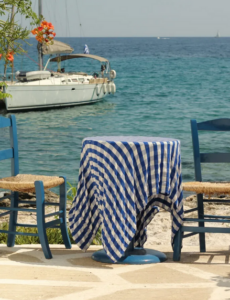
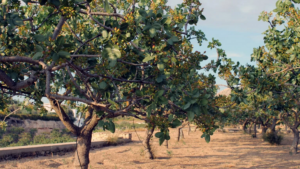
Of course, a visit to Aegina wouldn’t be complete without including Aegina pistachios. Pistachios are the main product produced on the island, and the specific variety is called “koilarati.” You’ll find them in abundance on the island. As for your swims, the beach of Moni Aeginas stands out with its crystal-clear waters and pine trees descending to the shore. More organized and easily accessible is Klidi Beach, with its crystalline waters and facilities to support a long stay in its cool waters.

